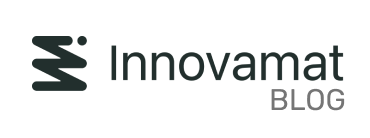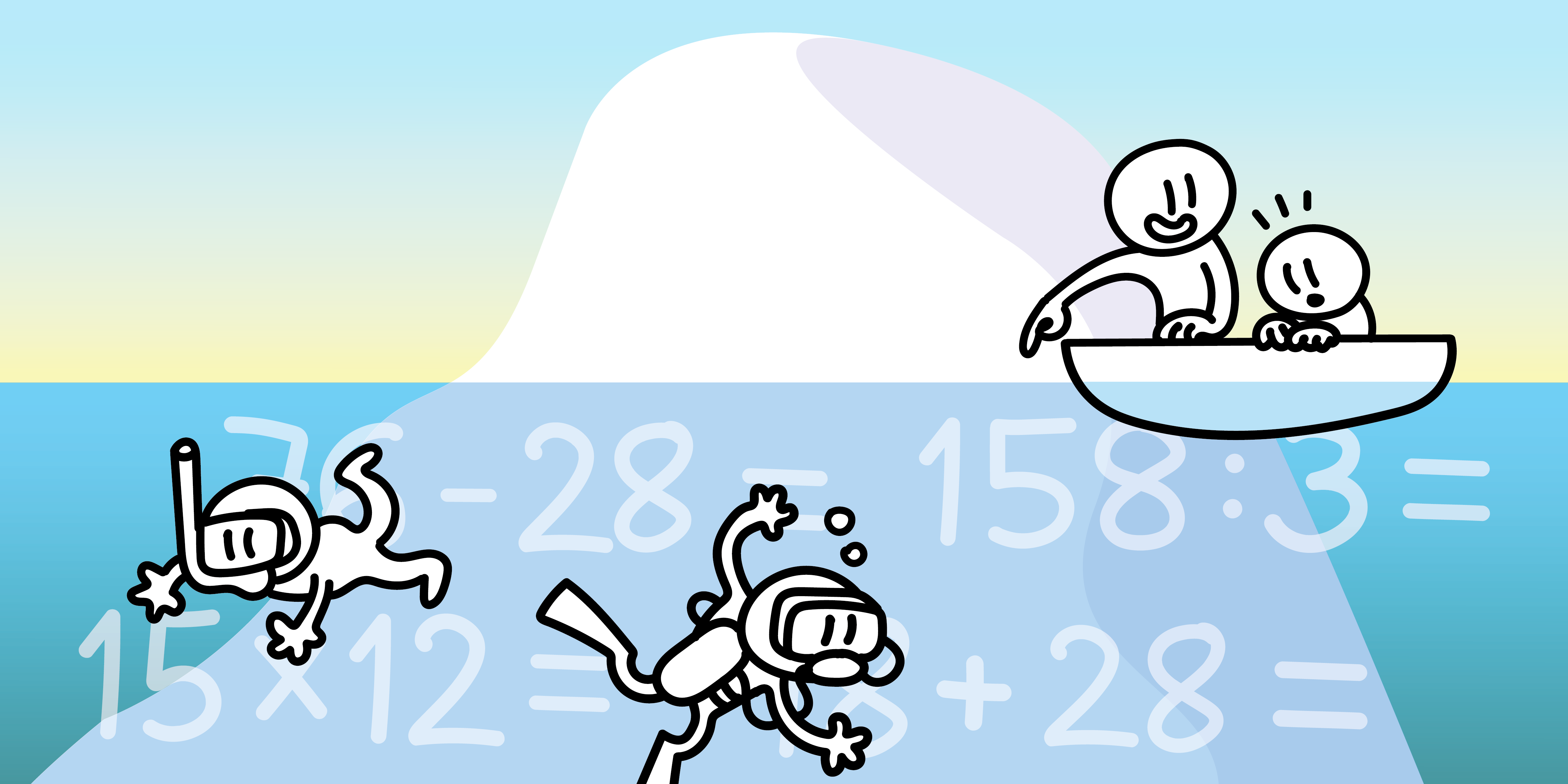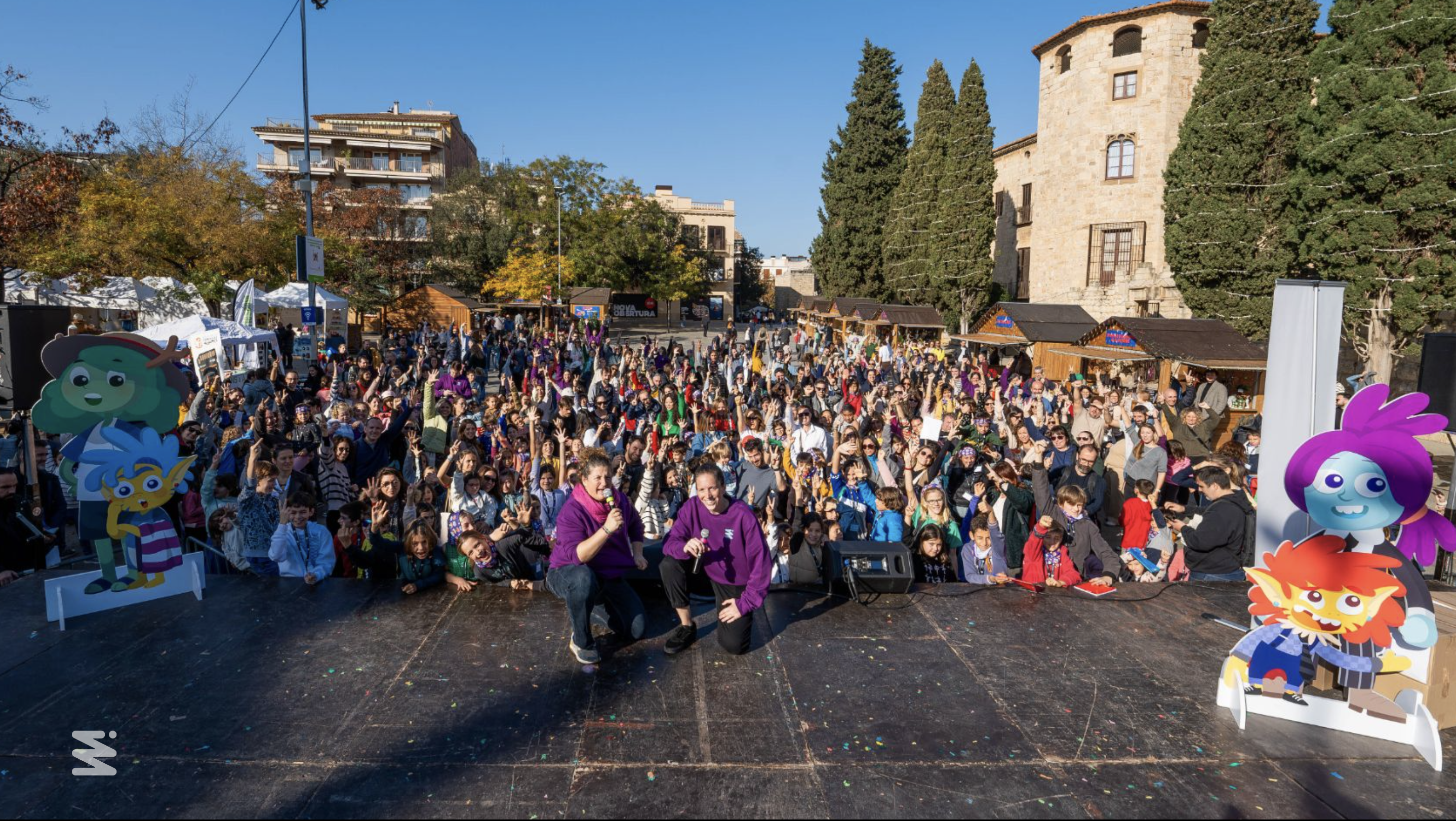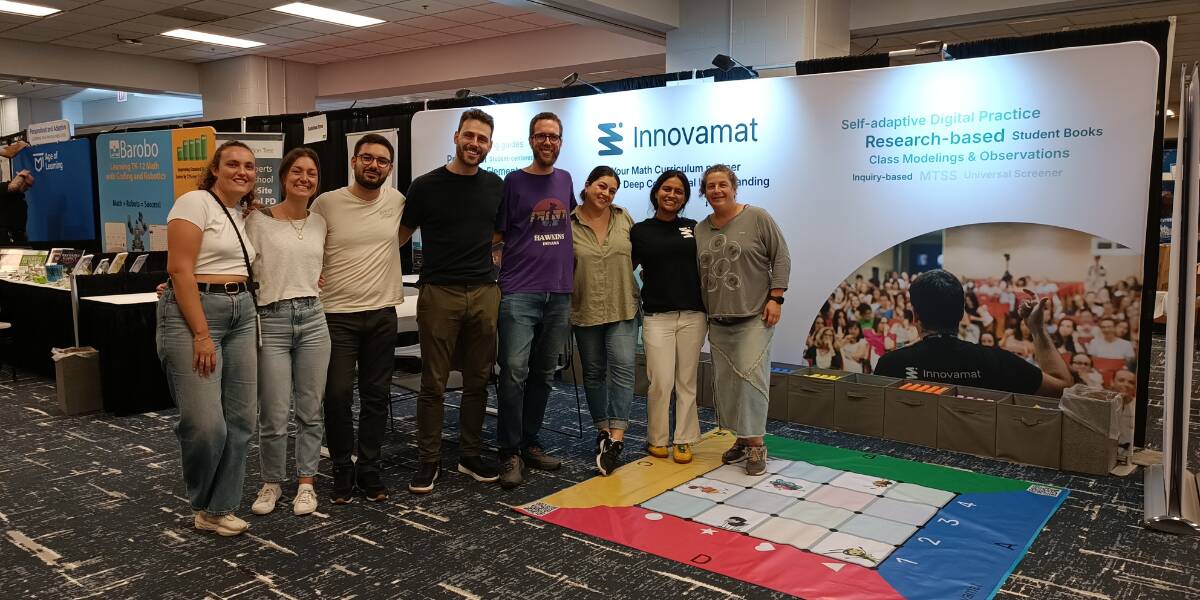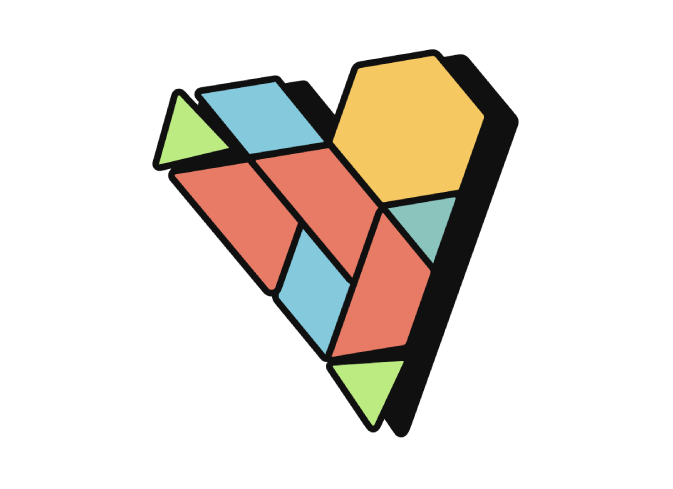After a well-deserved vacation, we are back to start the school year!
As teachers, we know that the first days of class are among the most important and are key to encouraging a positive classroom environment: we begin to generate routines, to get into habits, to establish relationships between students and teachers, to become familiar with the activities that will take place during the year, etc. Starting the year with motivation and enthusiasm will make it easier to continue in the same way throughout the whole year!
This also applies to math class. We know that the first few days are a great opportunity to get energized, find out where we are, do icebreakers and encourage conversation and participation in the classroom.
In order to give these moments the importance they deserve, we suggest some great activities (not just math!) to break the ice in class. We hope you have a great time with your students and let your imagination run wild!
1. Blind Counting
The first activity we suggest is a group activity in which either everyone wins or everyone loses.
All players close their eyes and, one by one—without planning anything or telling each other the order—they must count up to the number of students in the classroom. For example, if there are 25 students, they will have to count to 25.
Each player can only say one number, i.e., if a student has said 8, they cannot say 18. Everyone has to participate. The difficulty lies in the fact that the same number cannot be said by two people at the same time and, if it happens, you have to start all over again. You win when you reach the last number.
How do we adapt the activity for different levels?
A simpler version is to do the activity in small groups, so that the range is lower and the students can win sooner. We can even do the activity with our eyes open and not let the students warn each other with words, but with their eyes.
And to complicate it, instead of counting forward by 1s, the students could count backwards or by 2s, or 5s, etc.
As you can see, it is a cooperative game where everyone has the same goal. With this activity, we practice counting aloud and more socio-affective aspects, such as knowing how to listen to each other and having patience.
2. The Map
For this activity, the students will become architects and researchers, and will practice content from Space and Shape, such as orientation, positional language and measuring distances, among others.
We suggest that students get into pairs and then ask one member from each pair to choose an object to hide somewhere in the classroom. We can take turns so that they do not see the hiding places.
We tell the student who has hidden the object to draw a floor plan of the classroom. The more prior knowledge they have—about measurements to scale, top view, correct proportions between objects, etc.—the more demanding we can be with the floor plan. We can even ask questions like: “What is the area of the classroom?”, “How much surface area do the tables occupy?”.
Once the floor plan has been drawn, we ask the student in each pair who has hidden the object to draw the exact route that the partner must follow to find it. Finally, we challenge the partner to find the object by following the route in the floor plan. Once they find it, we ask the pairs to play again, changing roles.
How do we adapt the activity to different levels?
To reduce the complexity of the activity, we can have the student who creates the instructions to help their partner with the route.
For a more complex activity where students can work on programming aspects, instructions can be given based on icons instead of drawing the route. We can establish the icons that we will use to crack the codes together (e.g., → ← ⇅ ↰ ↱, or combinations in repeating loops, such as ×3 →).
The Treasure Map
For the summer challenges we have a similar suggestion. We encourage you to take a look!
3. Two Truths and a Lie
We have carried out this activity many times in Number Lab and Adventures sessions. Its objective is to detect, from among three statements, which one is not true, and to argue why.
Below you will find a couple of examples that appear in the guides:
To adapt this activity to the beginning of the school year, we suggest that students write three sentences about themselves: two true and one false. They can share them with the whole class or do it in groups, and the goal is for the other students to guess which one is a lie.
This activity can help us to get to know each other better, to break the ice in a creative way, and at the same time to introduce a recurring activity at Innovamat.
If we want, we can give it a mathematical touch and add conditions such as: “In one sentence the number 1 must appear, in another sentence the number 2, and in another sentence the number 3.” And even when the students already know the activity, we can ask them to make mathematical sentences like the ones in the examples.
4. The Date
If you think about it, you will surely remember many situations in the classroom where you have played with the date. For example, asking questions such as: “And tomorrow, what will the date be?”. The date is a very interesting resource for math classes and, therefore, we suggest a couple of very dynamic games to play in the classroom.
For the first game, we start with an initial question, such as: “If school starts today, on what date will the 100th day of school fall?”. And this question will lead onto many more: “Do we count weekends?”, “What do we do with holidays?”, “And what day will it be 101 days from now?”, “What about 50 days from now?”.
With this seemingly simple question, you can see that many aspects can be worked on, both from the point of view of content (number sense), as well as more competency-based aspects, such as problem solving when looking for strategies to find the result.
The second game that we suggest appears in some ‘Let’s Warm Up’ sections in the Number Lab and involves writing equivalent number sentences using the digits in the date. We write any date on the board (mm/dd/yy or mm/dd/yyyy) and ask the students to write equivalent number sentences without changing the order of the digits, as shown in the following two examples:

The beginning of the school year is also a very good time to reflect and set goals. Being aware of the challenges ahead and setting goals makes us connect with the learning process a lot more. That is why we suggest two more reflective and intrinsic activities for the upcoming school year.
5. The Year’s Challenges Basket
This is not an activity related to math content, but rather to work on self-awareness and personal challenges.
We ask each student to write down a target that they have set for themselves on a piece of paper, in this case for math class. For example, they could start with: “This year, in math class…”. When everyone has written down their targets, we put them in the ‘chest’ to keep them all together. Finally, and completely optionally, we can explain that at the end of the year, everyone will open their paper to see what they wrote and reflect on it.
6. A Letter to Math
Lastly, we suggest an activity that we have already recommended on other occasions, but that we consider very well-rounded: writing a letter to math.
This activity, devised by two passionate math teachers, Sarah Strong and Gigi Butterfield, consists of writing a letter to math at the beginning of the school year and rereading it at the end. The objective is to see how students’ attitudes towards math have developed. It is an activity that invites them to think, to be reflective, self-critical and why not, to also be critical of math. It is a very versatile activity for them to express their fears, but also their aims.
We hope that these activities will help you at the beginning of the school year. Lots of luck, enjoy the year and math!
